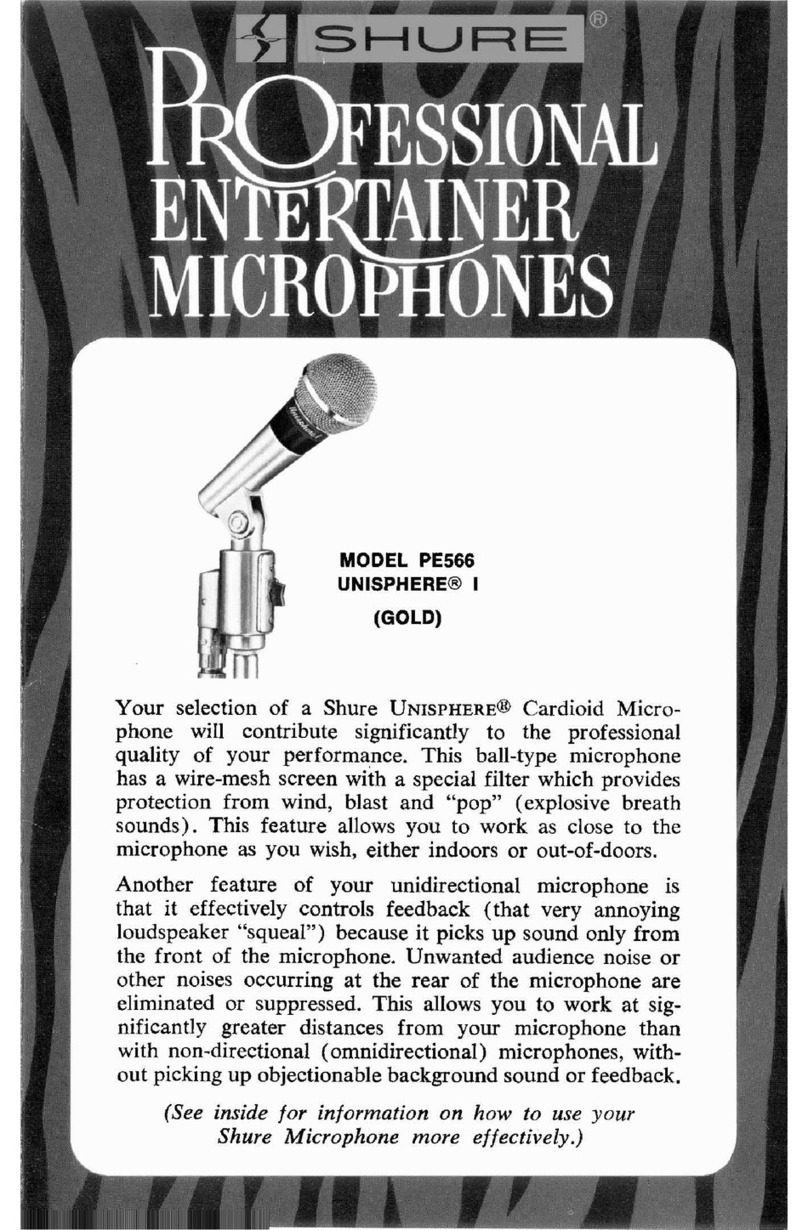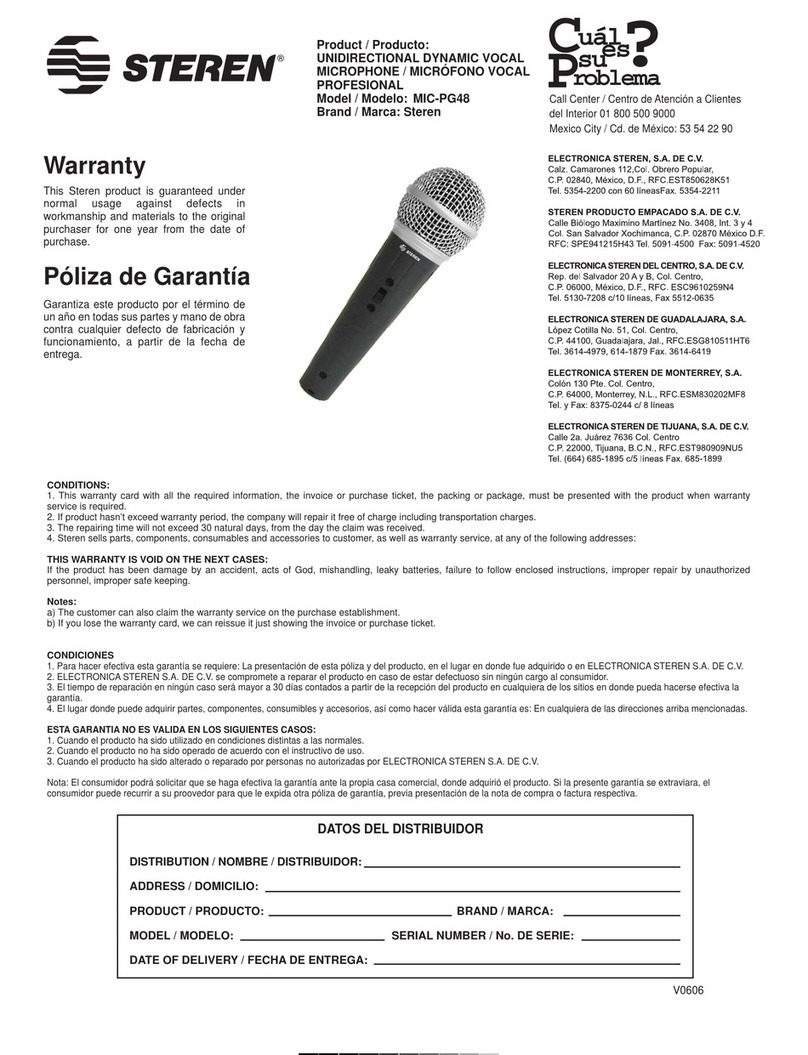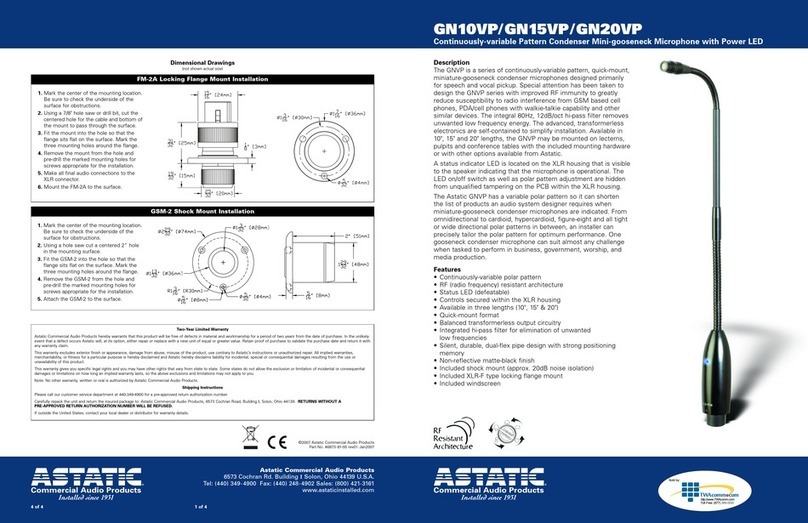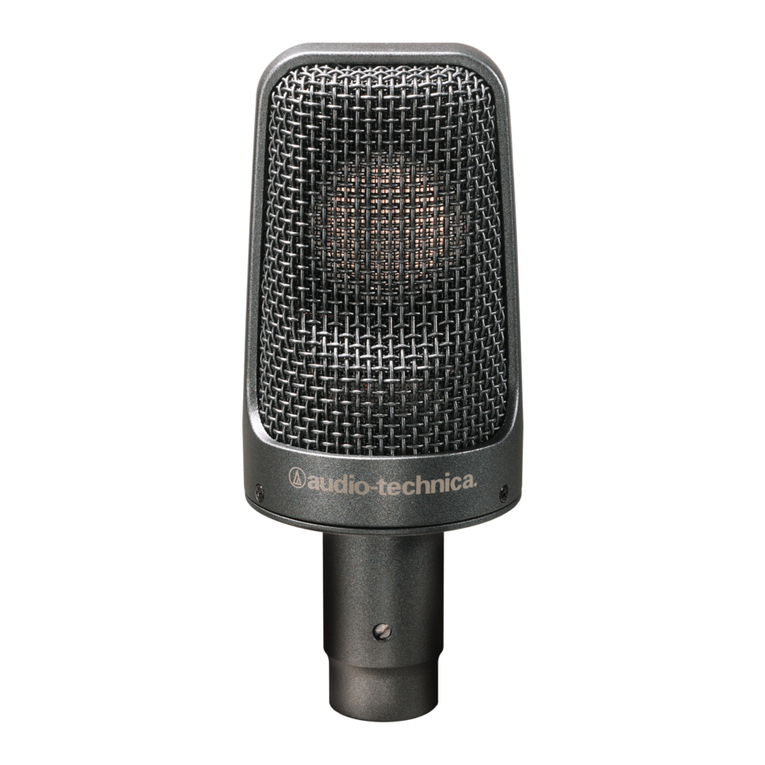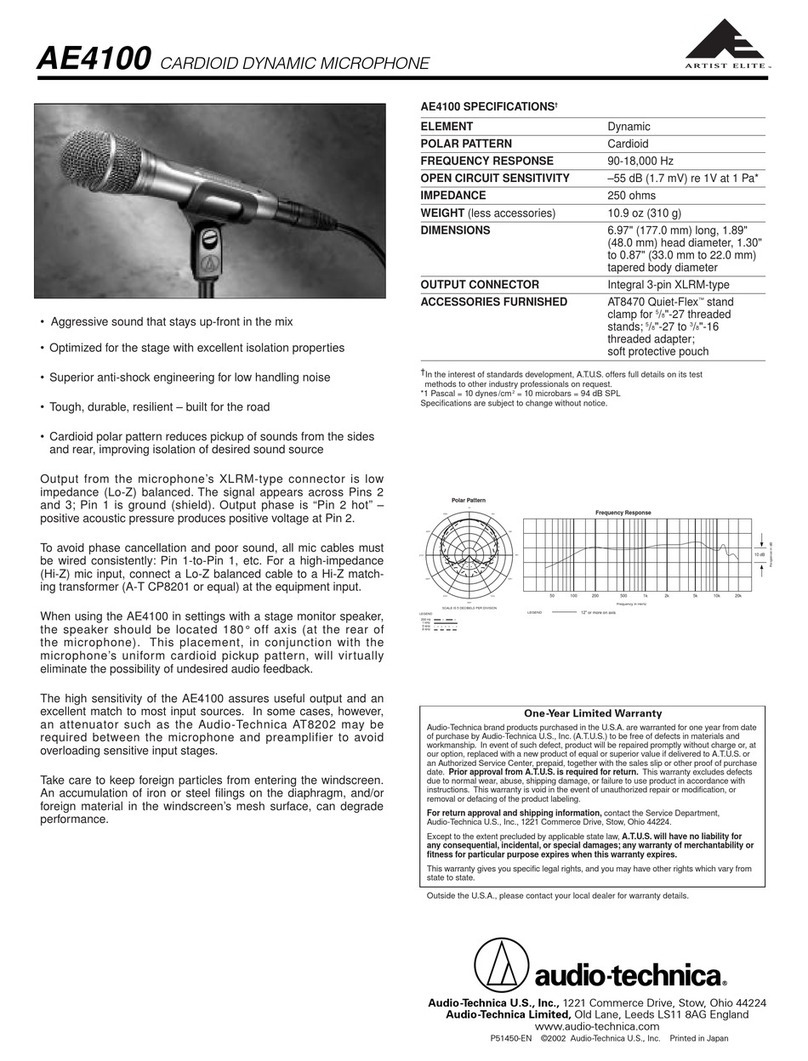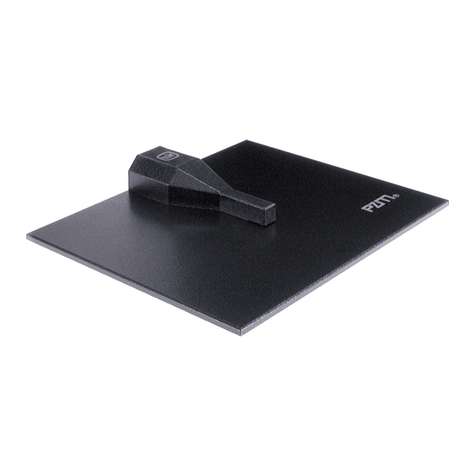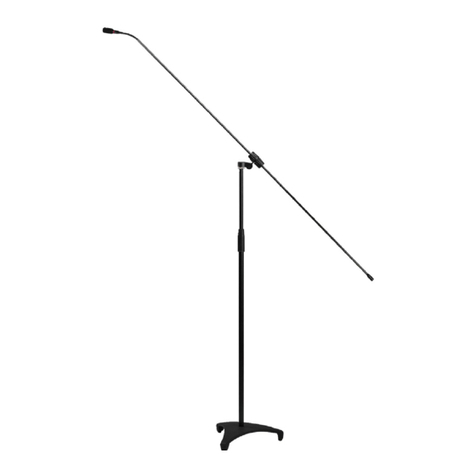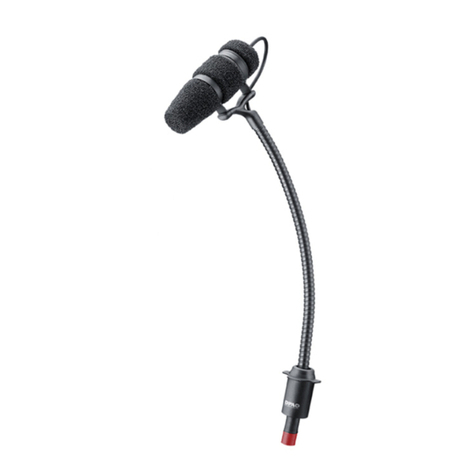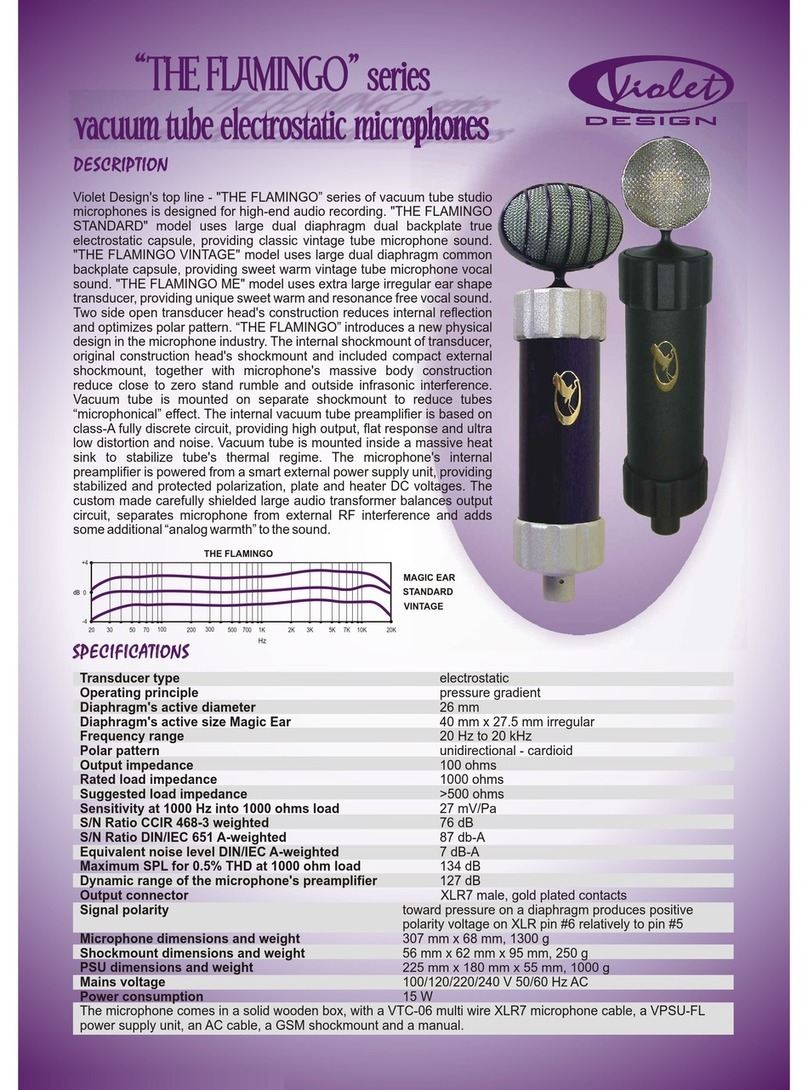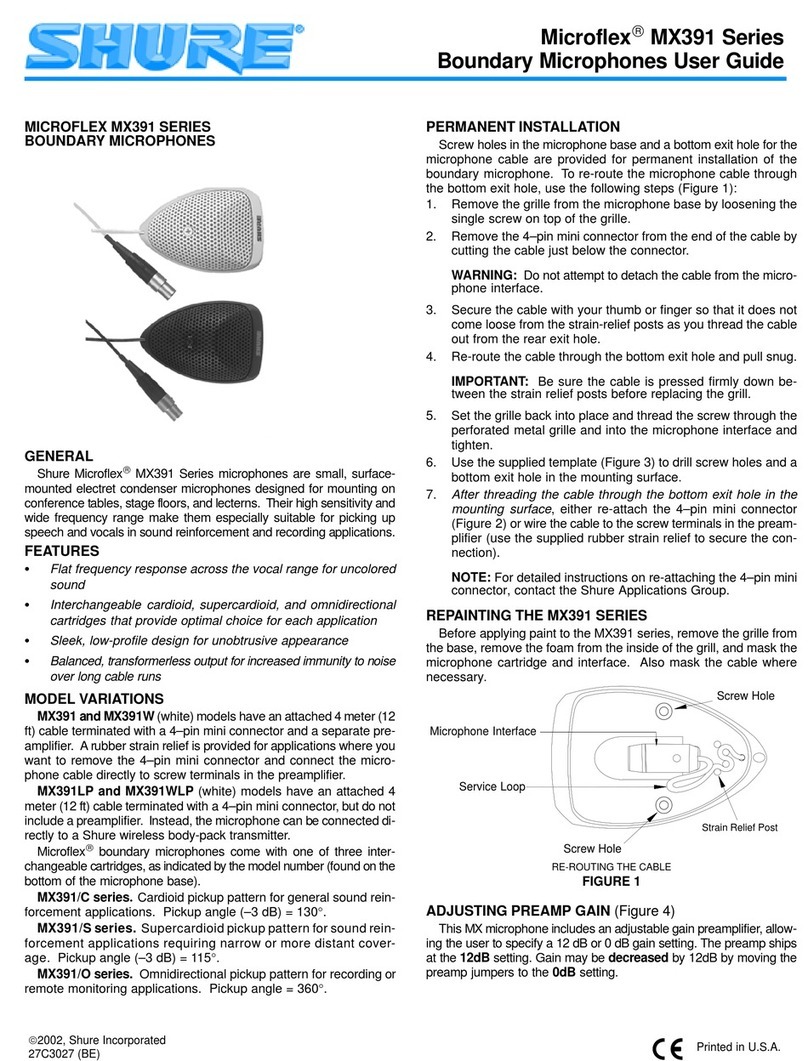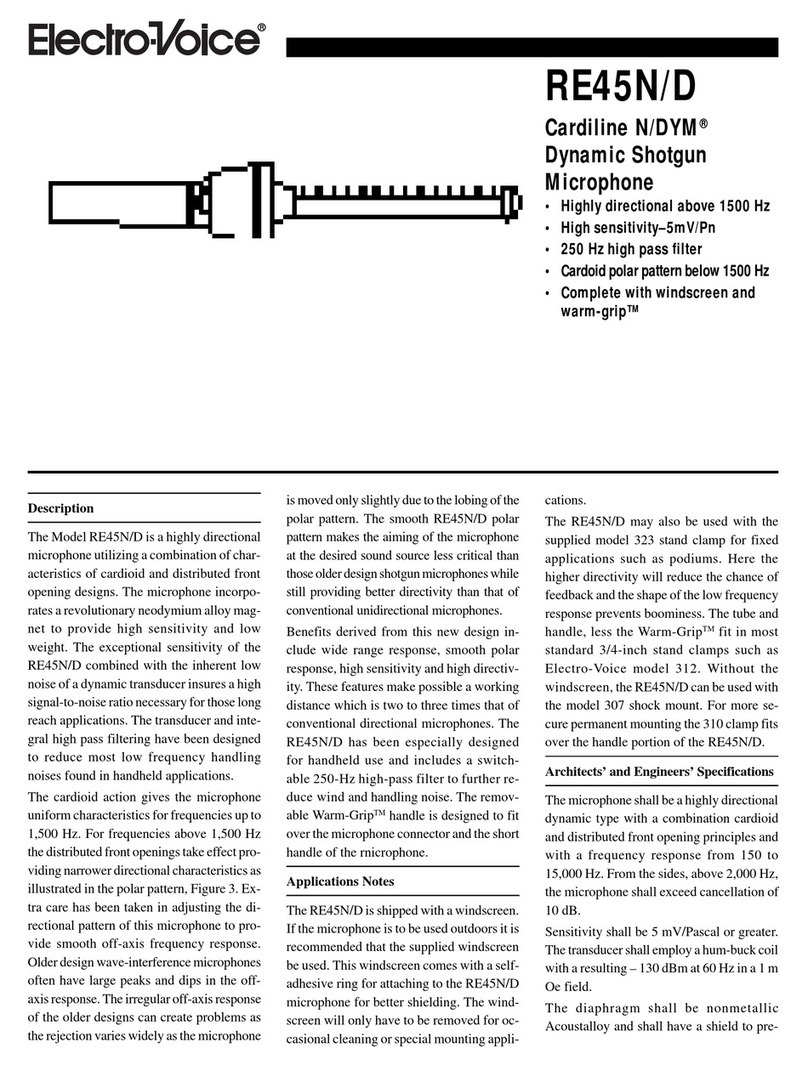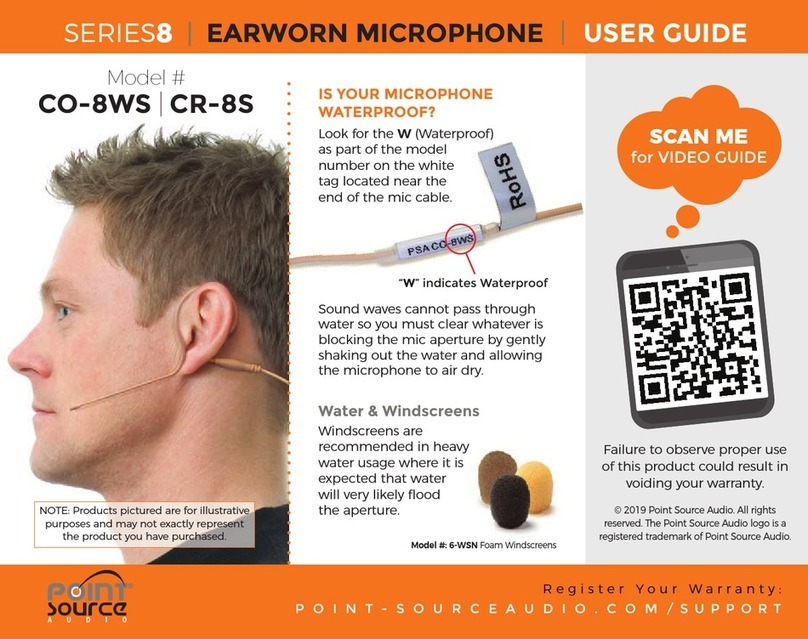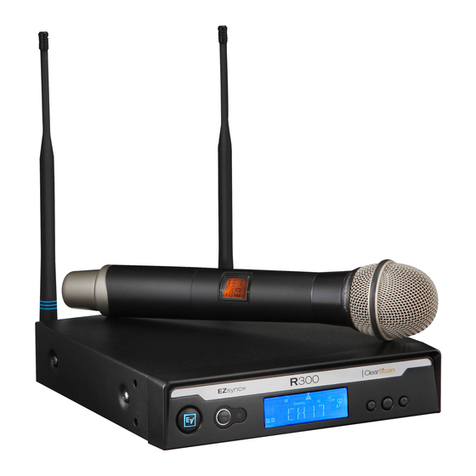SoundRanger COMPACT 2C User manual

SoundRanger COMPACT 2C
Model RP1- 40M
Portable Address System
User Guide
Introduction
The SoundRanger COMPACT 2C System is a compact, easy to use way for you to talk to
any audience anywhere.
Because it uses radio waves you can use the microphone up to 30 metres away from the
amplifier and even have the amplifier in another room.
If you need more volume or wider distribution, you can link together as many COMPACT 2C
speakers as you like.
The sound quality is crisp and clear; speech intelligibility is excellent.
Because the system is DTI approved (to MPT1345), you don’t need a licence and can use it
anywhere, inside or outside.
Quick Start
To get the best from the system you really ought to read the instructions, but, if you can’t
wait, this is what you do:
1) Set the controls on the back panel as follows:
Channel 1 Volume (red knob): No 3
Channel 2 Volume (green knob): Zero
Aux / Cable Microphone (blue knob) Zero
2) Connect the mains lead to a mains socket
3) Switch the Power switch to on
4) Switch the microphone on and adjust the volume to suit
5) Talk directly into the microphone
Yes, it’s as simple as that.
If you need any advice or assistance, please
contact SoundRanger Ltd on 01737 247571

2
Control Panel
No:
Control
Function
1
Channel 1 Volume
Controls the level of the Channel 1 radio-microphone
(Red Knob, Red Anti-roll Ring
2
Channel 2 Volume
Not used on the RP1-40M
3
Aux Volume
Controls the level of the Cable Microphone
or Auxiliary Input
4
Jack Input Socket
For Cable Microphone
5
Fuse
Mains Fuse T500mA
6
Mains Input
230v, 50Hz Standard Mains Input Socket
7
Switch
Power On/Off Switch
8
Phono Socket
Mono for Line Level Output or to Link Amplifiers
9
Red LED
Indicates Power On
10
Tri-Colour LED
Indicates Charging Status
(not used in Mains-Powered Amplifiers)
11
Phono Socket
Mono for Line Level Input
5
6
7
8
9
10
4
3
1
2
11

3
Operating Instructions
Positioning:
The COMPACT 2C should be placed on a suitable stand (e.g. the MX180184 aluminium
tripod speaker stand). There is a “top hat” socket in the base of the unit, which will fit on a
standard 36mm diameter tube. It is always best to keep the speaker above the heads of your
audience and in front of the microphone.
Operating:
Switch on the COMPACT 2C and turn the Channel 1 volume (red knob) up to about
number 3. Switch on the microphone and talk normally directly into the grille.
You can adjust the volume to suit your audience, but, in order to avoid feedback (high
pitched whistling), do not point the microphone directly at the loudspeaker or stand directly in
front of the loudspeaker. If you are in a confined space, you may experience feedback at
lower levels, in which case you should turn down the volume.
Auxiliary Input
There is an auxiliary input channel on the COMPACT 2C, which can be used for:
•A normal cable microphone (i.e. not a radio microphone). The microphone should be
plugged into the Cable Microphone Input (standard 1/4" jack socket).
•A line level sound source (e.g. a CD player, a cassette player or a mixer). This sound
source should be plugged into the phono socket, which is labelled “Aux/Line Input”.
You can control the level of this auxiliary channel separately from the radio-microphone by
using the Aux/Cable Microphone volume control (blue knob).
COMPACT 2C (Model RP1- 40M/40SF2C40BN) Specifications
Carrier Frequency
MPT1345 approved (173.8 to 175 MHz)
Oscillation Mode
Quartz controlled
Max Deviation
15 kHz
Aerial (Antenna)
Built-in
Power Output
40 Watts into an 8 ohm load
THD
<1%
Frequency Response
50 Hz – 15KHz +/- 3dB
Speakers
Pair of high sensitivity 5 inch full range speakers
Power Supply
Mains-powered
Dimensions (mm)
310L x 190W x 345H
Weight
9 Kg
Operating Instructions for the MH-203/40SFXMH hand-held radio-
microphone and the MT-103H/40SFXMT4 belt-pack transmitter with
the MU-33/40SFXM53HN headset microphone or the
MU-50/40SFXMUL4 lapel microphone follow on pages 4 and 5.
If you need any advice or assistance, please
contact SoundRanger Ltd on 01737 247571

4
RMH-203/40SFXMH Hand-Held Radio-Microphone
Battery Installation
Unscrew the battery cover and insert a PP3 9-volt alkaline battery, being careful to observe the correct polarity.
Screw the battery cover back in position to hold the battery in contact. When the microphone is switched on,
the battery indicator should flash once. If no flash occurs, please check the polarity and make sure the battery
is a new one.
Operation
Switch on the microphone; the battery indicator should flash red once.
Switch on the amplifier, turn the volume up a little way and speak directly into the microphone.
Best results will be obtained by speaking fairly close to the grille (20 to 40 mm).
You can adjust the volume to suit your audience, but, to avoid feedback (high pitched whistling), do not point
the microphone directly at the loudspeaker or stand directly in front of the speaker. If you are in a confined
space, turn the volume down.
When you are not using the microphone, turn it off to prolong the battery life.
1) Windshield Grille Protects the cartridge and prevents breath noise
2) Anti-Roll Ring Prevents microphone from rolling when on a flat
surface
3) Cartridge Converts the acoustic signals into electrical signals
4) Microphone Casing Houses and protects the transmitter and
components
5) Battery Indicator Indicates the battery status.
Normal: flashes red when microphone is switched on
Low Battery: red light remains permanently on
Dead Battery: does not light at all
6) Microphone On/Off Switch
7) Battery PP3 9 Volt Alkaline
8) Battery Compartment Unscrew to replace battery

5
RMT-103H/40SFXMT4 Belt-Pack Transmitter
For use with the RMU-33 headset microphone or the RMU-50 lapel microphone
Battery Installation
Push and slide down to open the battery compartment. Fit a 9 Volt PP3 alkaline battery, being careful to
observe the correct polarity. Push and slide up to close the battery compartment. When the transmitter is
switched on, the battery indicator should flash red once. If no flash occurs, please check the polarity and make
sure the battery is a new one.
Operation
Headset Microphone:
Follow the instructions provided with the headset microphone.
Lapel Microphone: plug the lapel microphone into the input socket of the belt-pack transmitter. Locate and
push the connector home and tighten the locking ring. Clip the microphone onto your clothing with the capsule
pointing upwards towards your lips. Best results will be obtained if you fix the microphone as close to your
mouth as possible. When speaking, try to keep you head level and pointing straight ahead so that the
microphone picks up your voice evenly. If feedback (high-pitched whistling) is a problem, reduce the volume
control on the belt-pack transmitter or the amplifier.
You can clip the belt-pack to your clothing or put it in your pocket.
Belt-Pack Transmitter:
Leave the GT-MT switch set to MT. Set the volume control on the belt-pack about half way up and use the
amplifier volume control to adjust the loudness to suit your audience. If you wish to adjust the volume while
speaking, you can do so from the belt-pack.
Switch on transmitter; the battery indicator should flash red once.
Switch on the amplifier, turn the volume up a little way and speak normally into the headset or lapel
microphone.
You can adjust the volume to suit your audience, but, to avoid feedback (high pitched whistling), do not stand
directly in front of the loudspeaker. If you are in a confined space, turn the volume down.
When you are not using the transmitter, turn it off to prolong the battery life.
1) Input Socket Connect to a headset or lapel
microphone
2) GT- MT Switch Leave this set at MT
3) Volume Control Adjust to suit
4) Belt Pack Casing To house and protect the
transmitter and components
5) Battery Indicator Indicates the battery status:
Normal: flashes red when the unit is switched on
Low Battery: red light remains on
Dead Battery: does not light at all
6) On/Off Switch
7) Battery Compartment
Press in and slide down to open
8) Detachable Belt Clip Pull outwards and
press down in the direction of the arrow
to release the belt clip
This manual suits for next models
1
Table of contents
